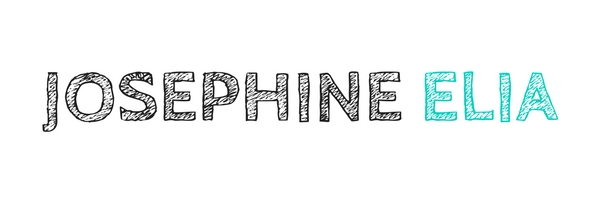
Honda’s Three Joys: How the Founder Understands Human Psyche
Ever owned a Honda? I have one. And I enjoy driving a Honda.
While reading the book A Whole New Engineer by David Goldberg and Mark Somerville, a brilliant piece on the coming revolution in engineering education, I came across this gem from Soichiro Honda, the man who originated the now-giant car company.
In 1951, he wrote this manifesto to his employees in a company newsletter, also known as Honda’s Three Joys. You can find it here.
Honda Monthly No. 4
December 1, 1951
The Three Joys
I am presenting “The Three Joys” as the motto for our company. These are, namely, the joy of producing, the joy of selling, and the joy of buying.
The first of these, the joy of producing, is a joy known only to the engineer. Just as the Creator used an abundant will to create in making all the things that exist in the natural universe, so the engineer uses his own ideas to create products and contribute to society. This is a happiness that can hardly be compared to anything else. Furthermore, when that product is of superior quality so that society welcomes it, the engineers joy is absolutely not to be surpassed. As an engineer myself, I am constantly working in the hope of making this kind of product.
The second joy belongs to the person who sells the product. Our company is a manufacturer. The products made by our company pass into the possession of the various people who have a demand for them through the cooperation and efforts of all our agents and dealers. In this situation, when the product is of high quality, its performance is superior, and its price is reasonable, then it goes without saying that the people who engage in selling it will experience joy. Good, inexpensive items will always find a welcome. What sells well generates profits, as well as pride and happiness in handling those items. A manufacturer of products that do not bring this joy to people who sell those products is disqualified from being a manufacturer worthy of the name.
The third, the joy of the person who buys the product, is the fairest determiner of the products value. It is neither the manufacturer nor the dealer that best knows the value of the product and passes final judgment on it. Rather, it is none other than the purchaser who uses the product in his daily life. There is happiness in thinking, “Oh, I’m so glad I bought this.” This joy is the garland that is placed upon the products value. I am quietly confident that the value of our company’s products is well advertised by those products themselves. This is because I believe that they give joy to the people who buy them.
The Three Joys form our company’s motto. I am devoting all my strength in order to bring them to reality.
It is my hope that all of you, as employees of the company, will exert every effort so that you never betray this motto. I also hope that our agents will understand my desires in this regard so that we may continue to benefit from cooperation.
In the post-WWII era of assembly lines, in a mechanistic industry such as car manufacturing, I love that Honda understood that his was a human endeavor. Given that everyone involved was human, it was important to him to establish joy as the essential drive to live and work well. In a sense, this newsletter is very much in sync with our generation’s aspirations of combining work, passion, and play into one.
These three joys capture the essence of doing good work, that there’s pleasure in doing something well and doing something right. They’re timeless principles that every organization would do well to emulate.
Still curious? Couple this with how engineering needs to be a work with soul, using individuality as an asset in the joyful act of creating something, and how a creator uses his free will to transform a thought into reality.



